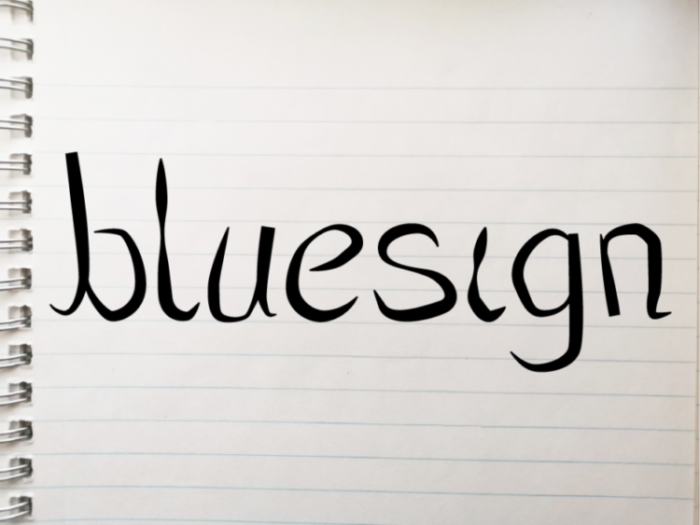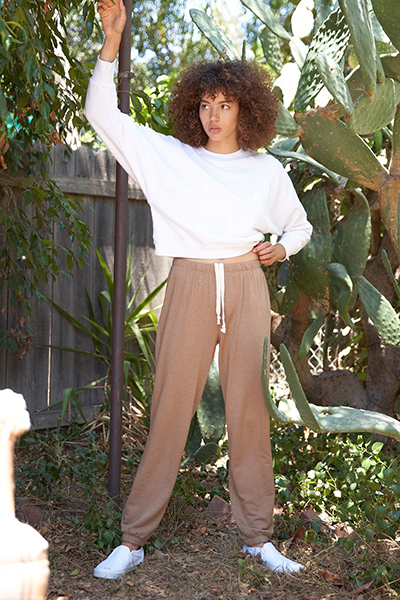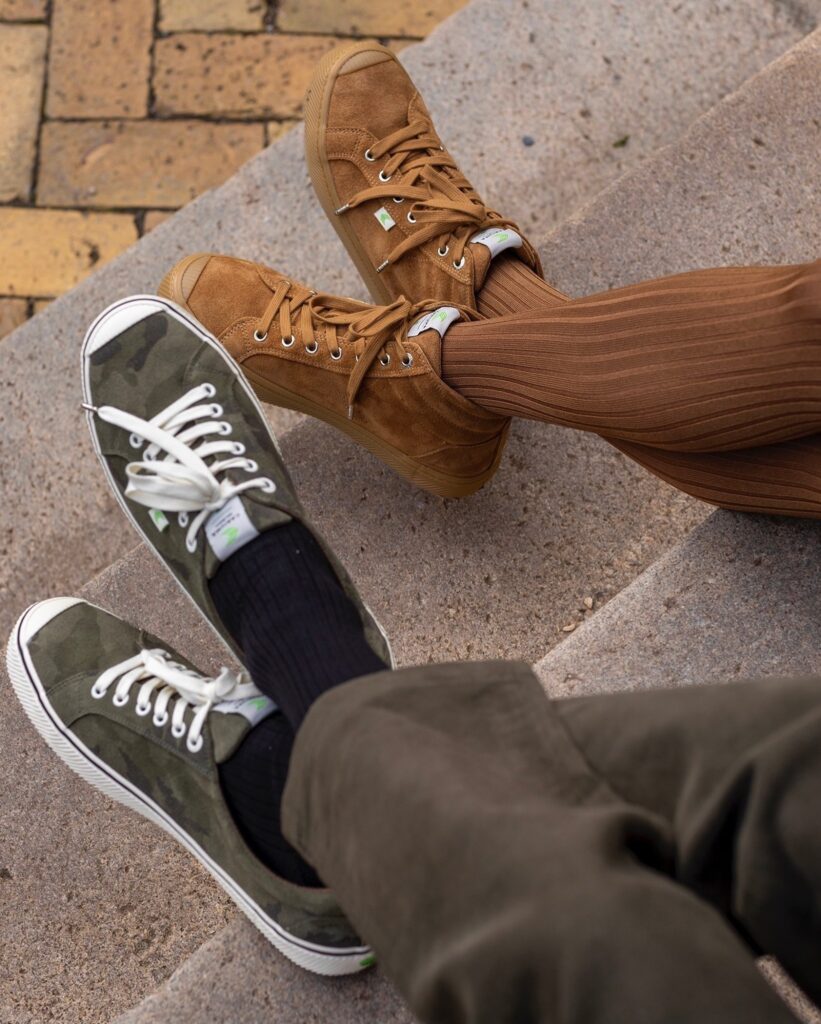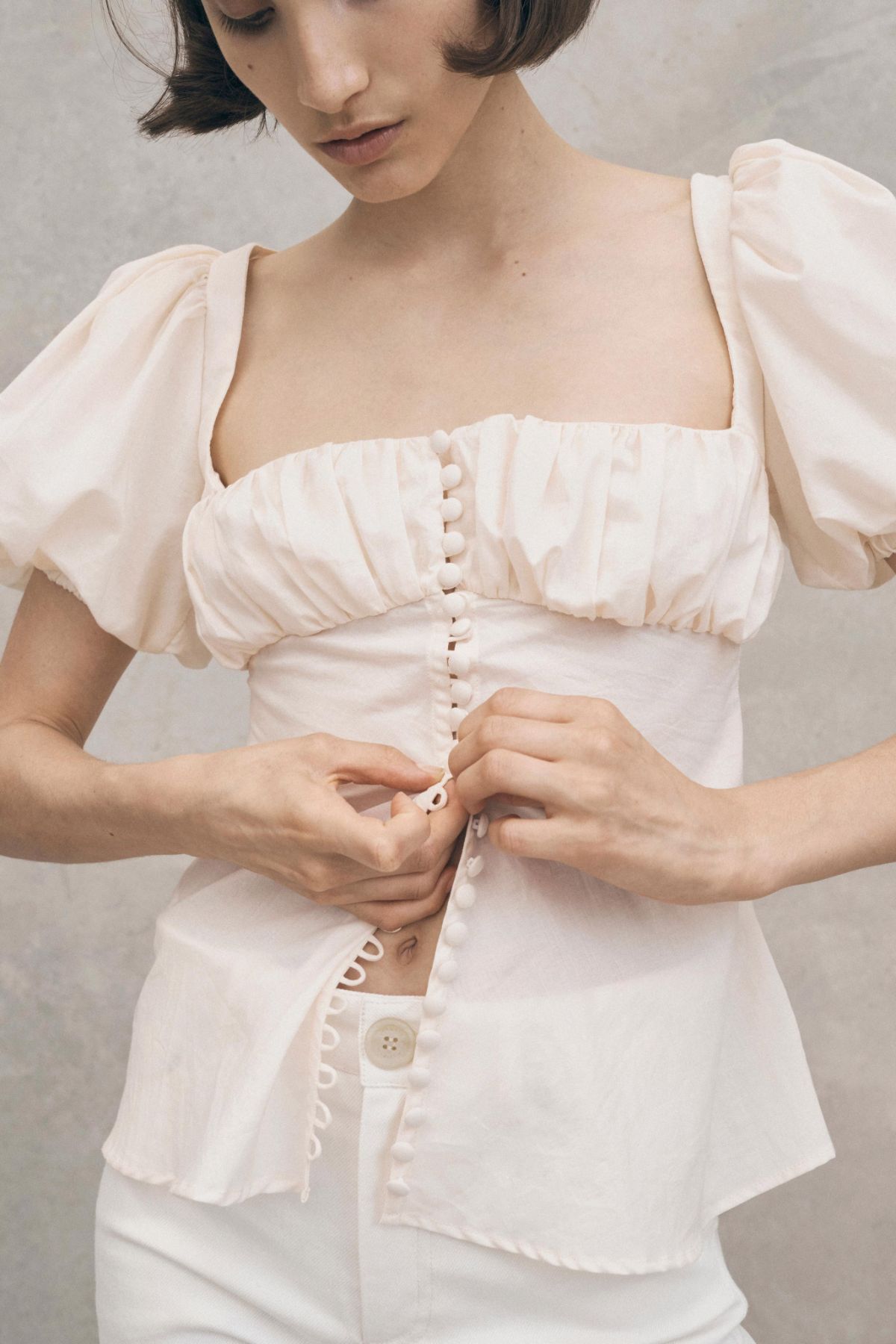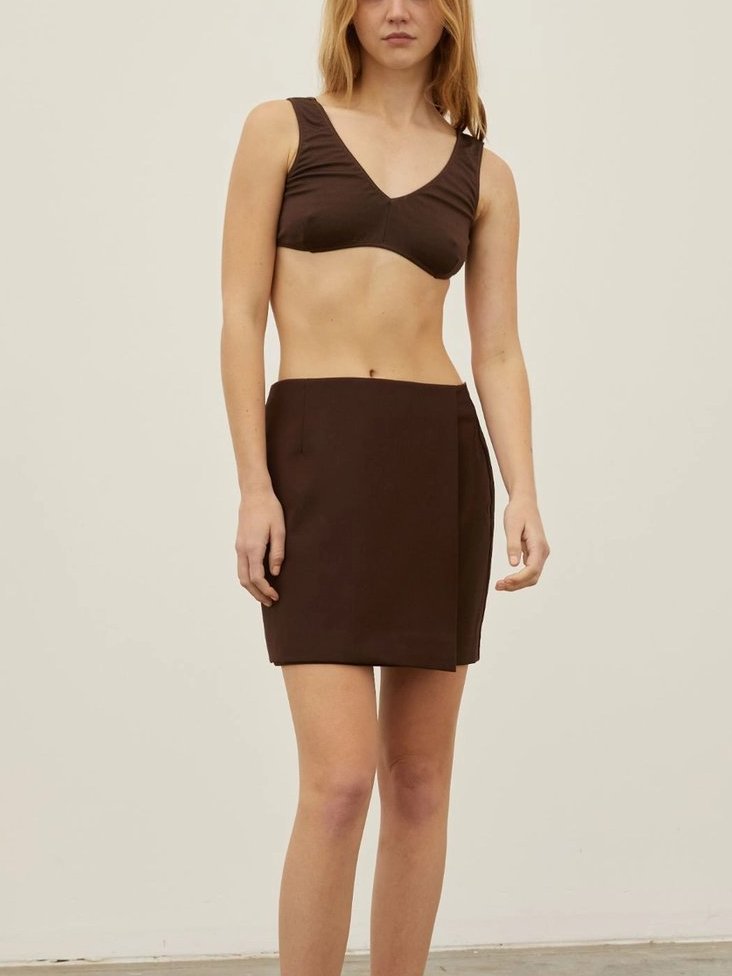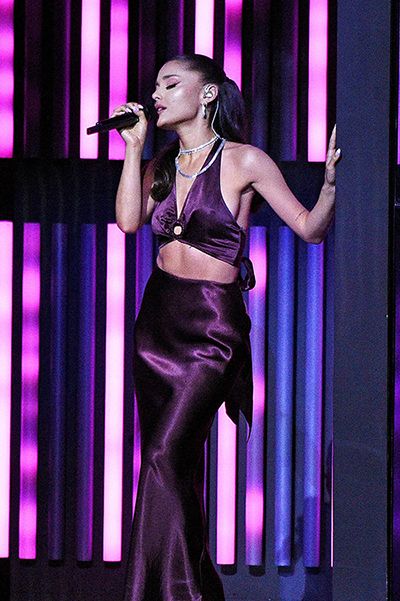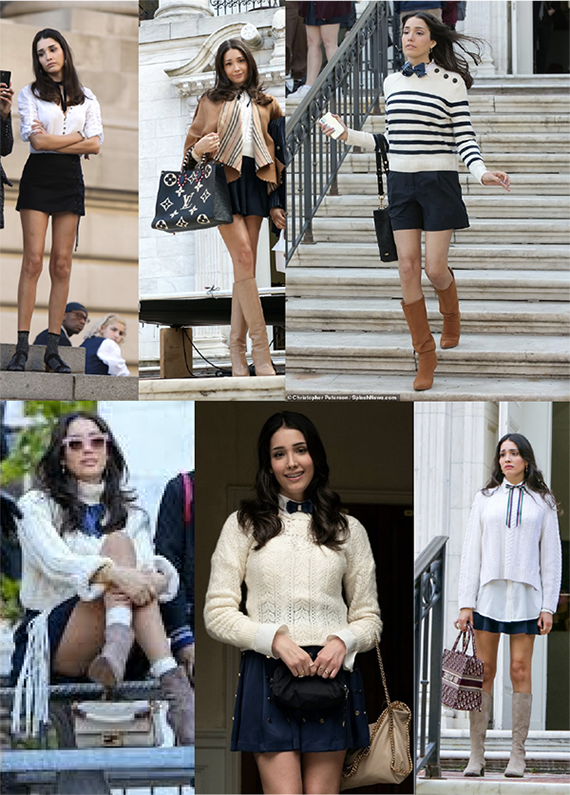Before a clothing item ends up in your closet, it has to go through an extensive production process. Many different suppliers and manufacturers are involved in making just 1 product. Maybe this is surprising to hear, but brands often don’t have any idea what goes on in the production of their products. At least not from start to finish. They often don’t know which raw materials, dyes and chemicals their suppliers use to make their designs. This is where bluesign® comes in. This post will give an explanation of this standard, so you will know what brands are talking about when they mention this term on their website.
bluesign® is part of Bluesign Technologies AG, which was founded in 2000 and is based in Switzerland. It was born after an attempt was made in 1997 to develop a textile product with as low of an impact as possible. Afterwards, a standard was created to make this concept accessible to more textile companies.
bluesign® is a standard that ensures a product or material is safe for people and the environment. Facilities that are able to use the standard are chemical suppliers, manufacturers and brands & retailers. To be able to get certified, every step in the textile production phase is analysed, to make sure all chemicals, processes and materials are safe for the environment. This way, a brand can get more control over their supply chain and manage everything that is used during the production of their collections.
The bluesign® standard only covers the production steps in the life cycle of a product: raw material production and the manufacturing into a product. This includes many different steps like the cultivation or production of the fibers, yarn spinning, weaving of the fabric and sewing.
Chemicals
The chemicals used in the production of a textile product is one of the main areas bluesign® focuses on, as chemical exposure to people and the environment can be very dangerous. There are more than 1000 different chemical substances that are used to make textile products, and more than 900 of them are harmful. There are hundreds of different chemical suppliers who provide more than 50.000 chemical processing products. So, it’s not easy for a manufacturer to know every single chemical and choose the right one.
Chemical suppliers undergo strict on-site assessments, so the used chemical substances can be managed from the beginning of the production process until the end.
There are more than 1000 different chemical substances that are used to make textile products, and more than 900 of them are harmful.
– bluesign®
Water, energy & CO2 Emissions
In addition to the chemical management, bluesign® also promotes reducing the impacts on people and the environment overall by using resources responsibly. They do this by focusing on three environmental impact categories: water, energy and CO2.
Water
bluesign® helps to reduce the use of water, as a lot of water is needed to make a textile product. By saving water, the use of energy and chemicals will also decrease. Apart from that, they also focus on water contamination, caused by all the chemicals used during the production.
Energy
Not only is the production of a garment or other textile product water intensive, it is also energy intensive. Some ways this can be reduced is by improving technology in machines and creating new materials.
CO2
Finally, bluesign® tries to fight climate change by increasing resource productivity, so that the environmental impacts are as low as possible.
How to recognize a bluesign® material or product
There are two different labels:
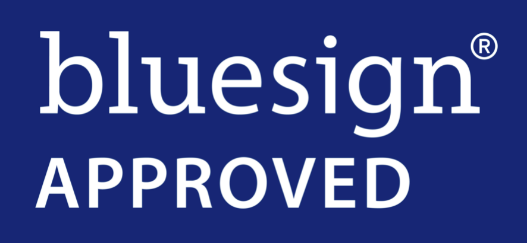
This label is meant for a component in the production of a textile product. For example, dyes or chemical substances. This means this label is specifically directed towards manufacturers of these components. The production processes and composition of the components are assessed by BLUESIGN and once all the criteria are met, the chemical or dye will be officially approved and labelled with bluesign® APPROVED. At the end of this post, a few brands who use bluesign certified dyes are shown.
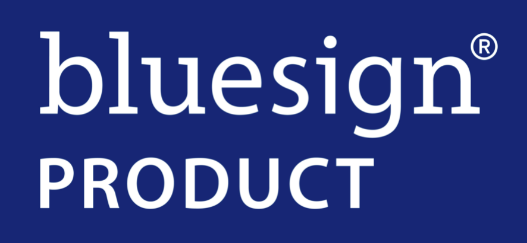
This label goes a step further than the first one, as it applies to the finished product. If every component of a textile product has the bluesign® APPROVED label, the product will receive the bluesign® PRODUCT label. All steps from the production of the raw materials until the manufacturing of the final product, are assessed and approved. This basically means that every part of a product was manufactured with the lowest possible impact on people and the environment. Well, not entirely (yet). As of right now, a product that consists of at least 90% bluesign® APPROVED textiles and 30% bluesign® APPROVED accessories, can already carry the bluesign® seal. In other words, if a product is at least 90% processed in certified factories, it can already receive this label. Bluesign’s goal is to reach 100%.
The labels are often placed on the hang tags or on attached labels on the product.
In short
When a brand says they use bluesign® certified dyes for their clothes, it means the chemical substances were assessed and are safe for the environment. When a product carries the bluesign® PRODUCT label, you can be sure only companies that act responsibly were involved in the manufacture of the product. It means they used resources responsibly and have made an effort to minimize the impacts on people and the environment.
All information was obtained from the official website of bluesign.
Brands who use bluesign® certified dyes or suppliers
Some brands who use the bluesign® standard are shown below. You can find more brands by typing ‘bluesign’ in the search bar.
